Jōkōmyō-ji Temple was founded in 1251 by Hōjō Nagatoki, the sixth shikken (regent) of the Kamakura shogunate. Inside the temple, you can admire the stunning Amida Triad, a masterpiece of Kamakura sculpture, housed in a storehouse. The temple is conveniently located about a 12-minute walk (approximately 1 km) from the west exit of Kamakura Station.
From September to early October, the temple grounds burst into color with blooming flowers like cluster amaryllises and bush clovers. In recent years, due to climate change, the peak blooming period seems to have shifted slightly later.
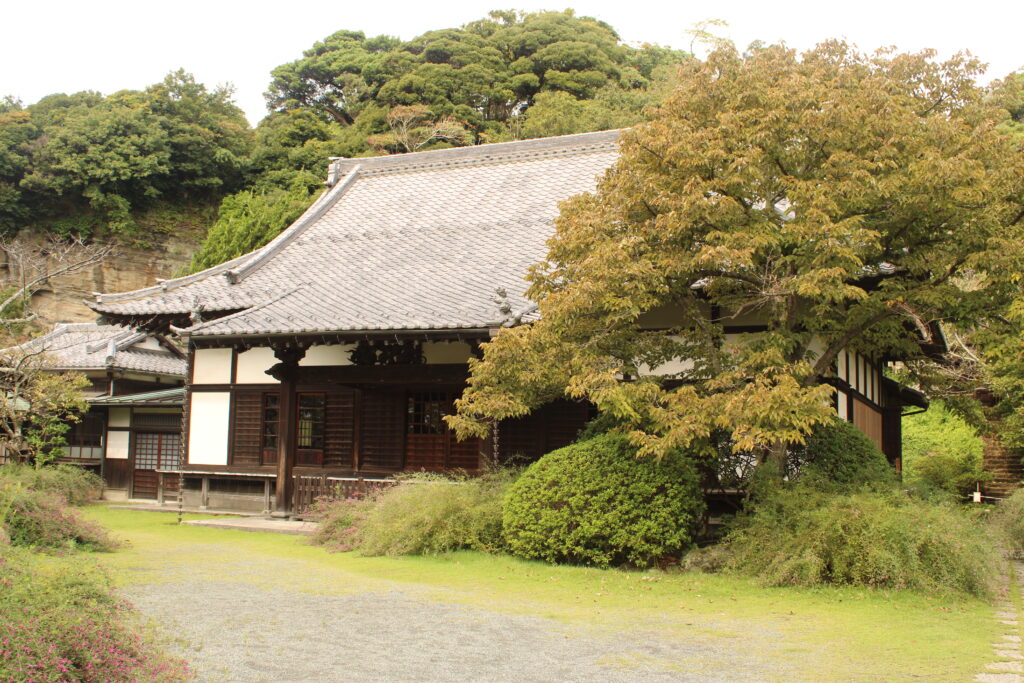
About the Statues
As you enter the temple grounds, you’ll be greeted by a beautiful statue of Kannon. Don’t you think it has a strikingly lovely face? Interestingly, this Kannon is named after a famous beauty from China.
Can you guess who she is?
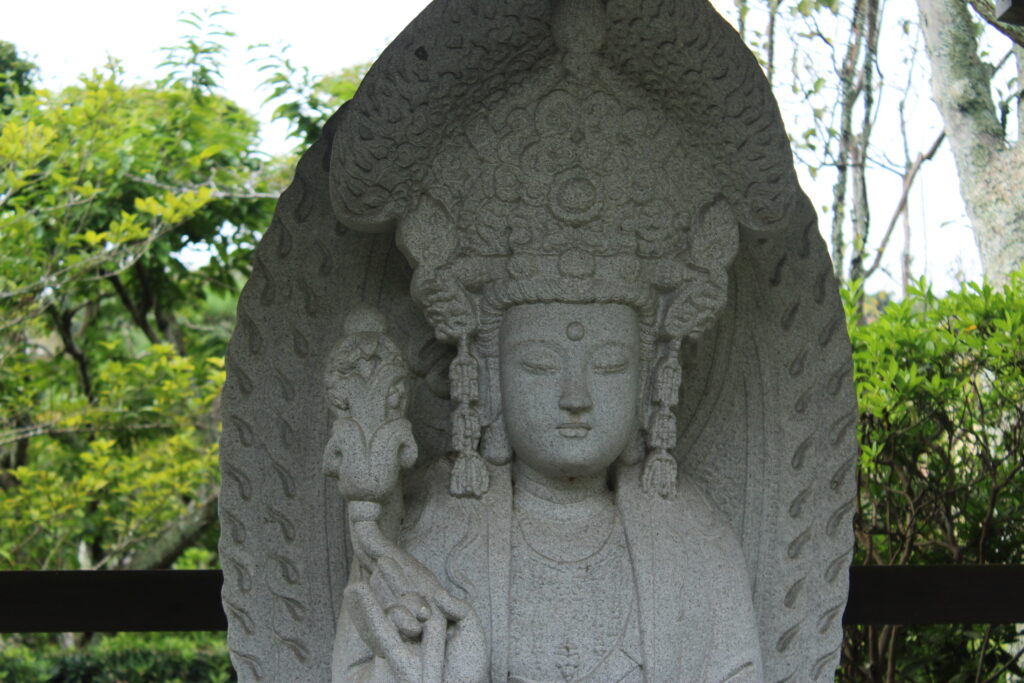
As you can see in the photo below, it is indeed the Kannon
of Yang Guifei! It might be the most beautifully featured Buddha statue
I’ve ever seen.

As you wander further around the temple, you’ll discover various other statues. The most impressive, however, is the Amida Triad in the storehouse. While it reflects the style of the Kei school of sculpture, it also showcases features of Song dynasty art. It is the oldest statue using a decorative technique called “domon,” which was unique to the medieval Kamakura period. I was so captivated by its allure that I found myself gazing at it for quite a while—though, unfortunately, photography is not allowed.
鎌倉:浄光明寺の阿弥陀三尊像 (yoritomo-japan.com)
By the way, the Kei school refers to a group of sculptors active during Japan’s Heian to Kamakura periods. Their statues are known for their realistic and powerful expressions, highlighting muscular forms and the flow of garments. Notable sculptors from this school include Kōkei, Unkei, and Kaikei, with several statues attributed to Unkei found around Kamakura. I highly recommend visiting the statue of Enma Daiō at Enno-ji Temple!
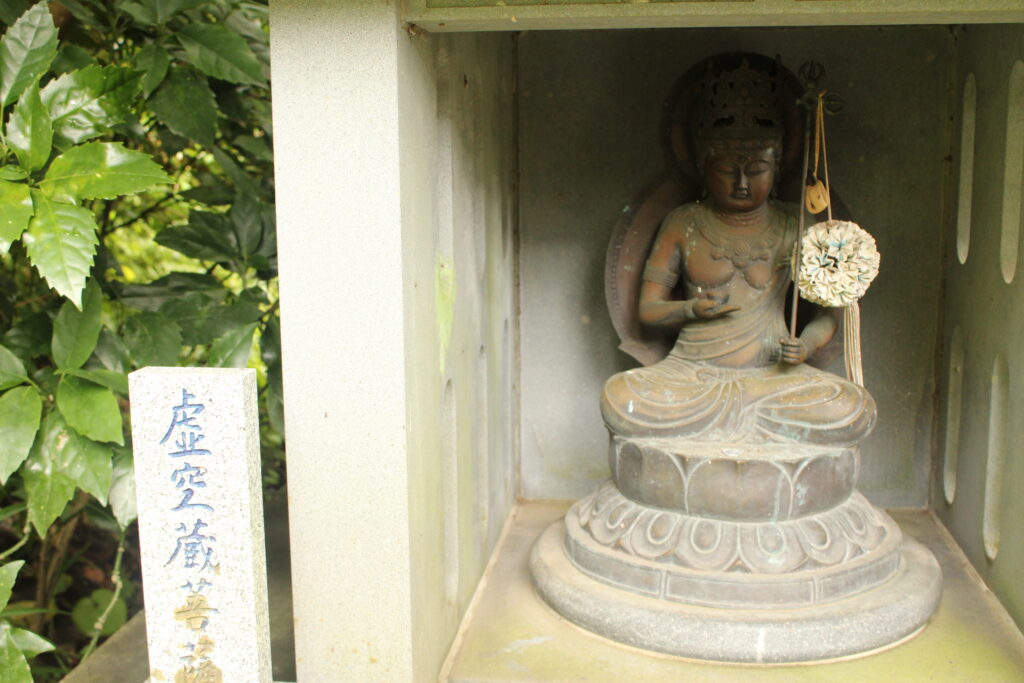
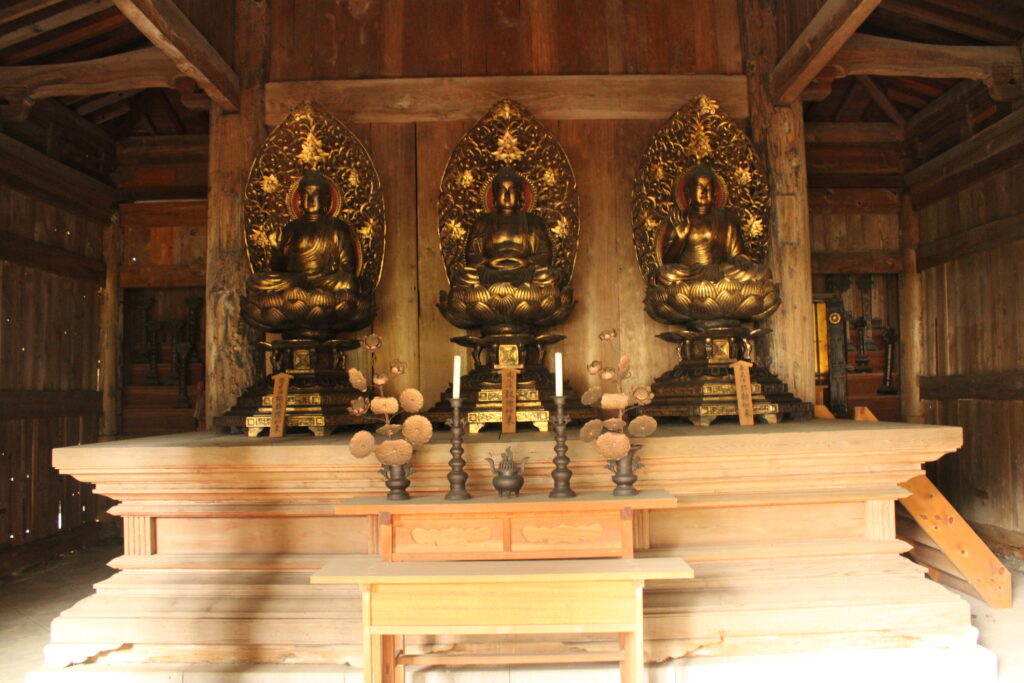
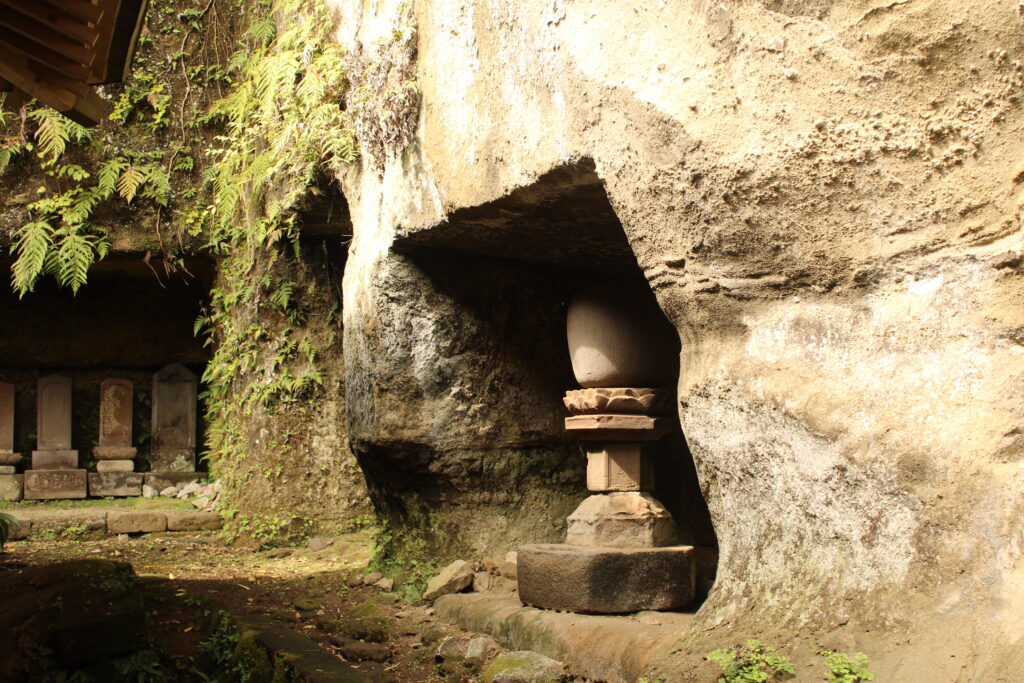
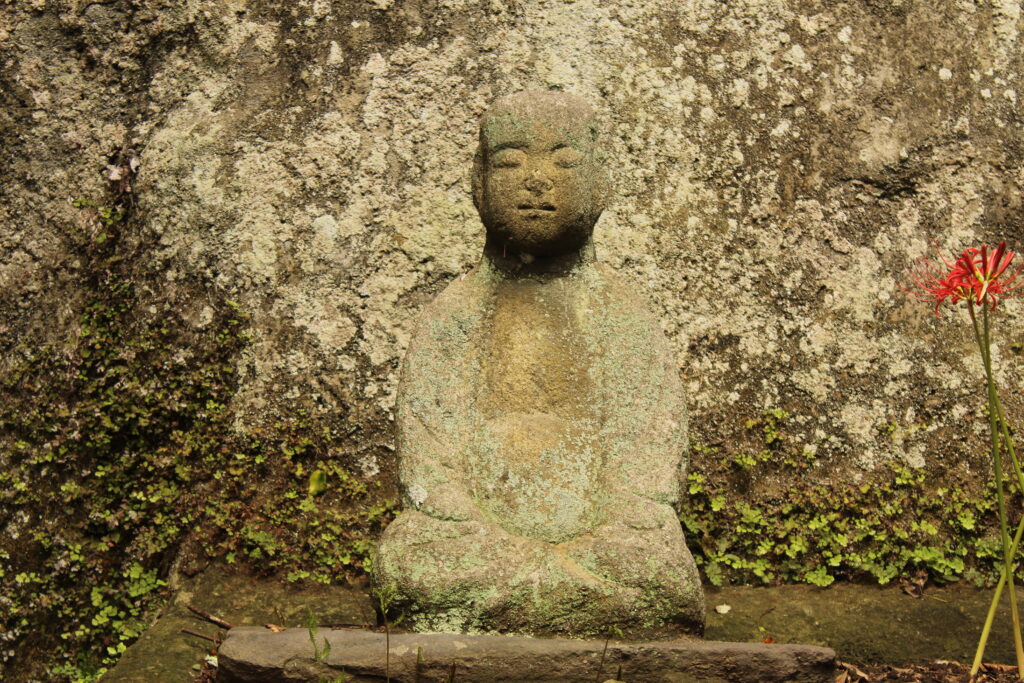
There’s still more to explore! What awaits us at the top of the stairs?

At the top of the stairs, you’ll find the Amihiki Jizō. While it appears that no ropes are being pulled, the name stems from a legend that it was caught in a fisherman’s net and pulled from the sea.
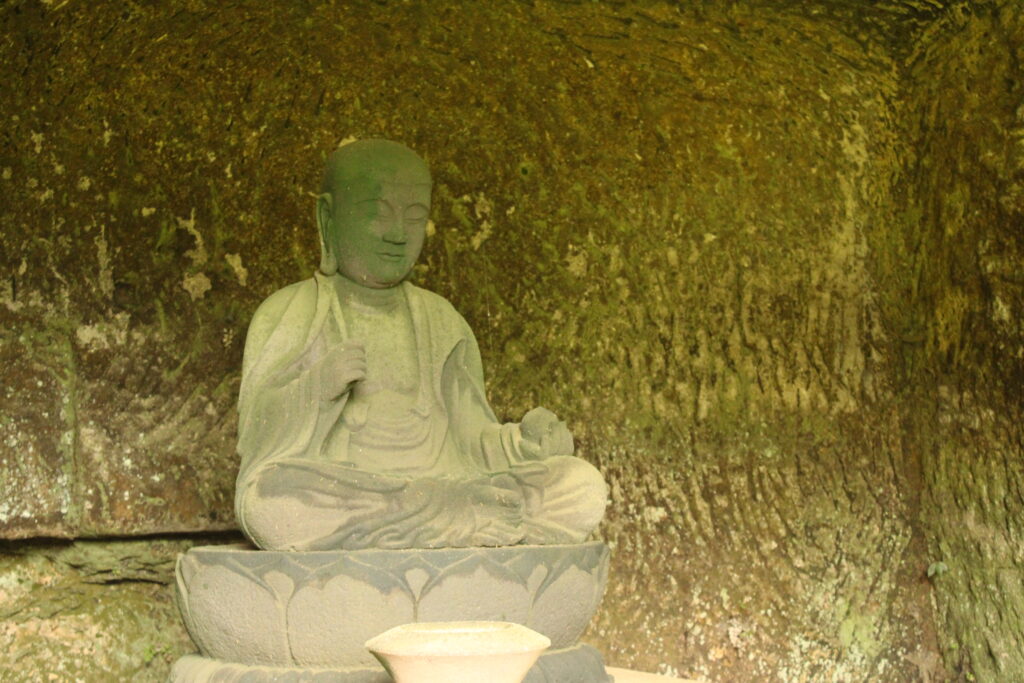
The Tomb of Reizei Tamesuke
After encountering the Amihiki Jizō, the stairs continue upwards.

At the top, you’ll discover the tomb of Reizei Tamesuke, which is the furthest point in the temple. Reizei Tamesuke was a court noble and poet during the mid to late Kamakura period. His grandfather, Fujiwara Teika, is famous for compiling the “Ogura Hyakunin Isshu,” while his mother, Abutsu-ni, is known for writing the “Izayoi Nikki.” They come from an impressive cultural lineage!

Nature Around the Temple
Finally, let me share some photos of the flora in the temple grounds! During this season, you can see a variety of flowers, including cluster amaryllises, red and white bush clovers, in full bloom.
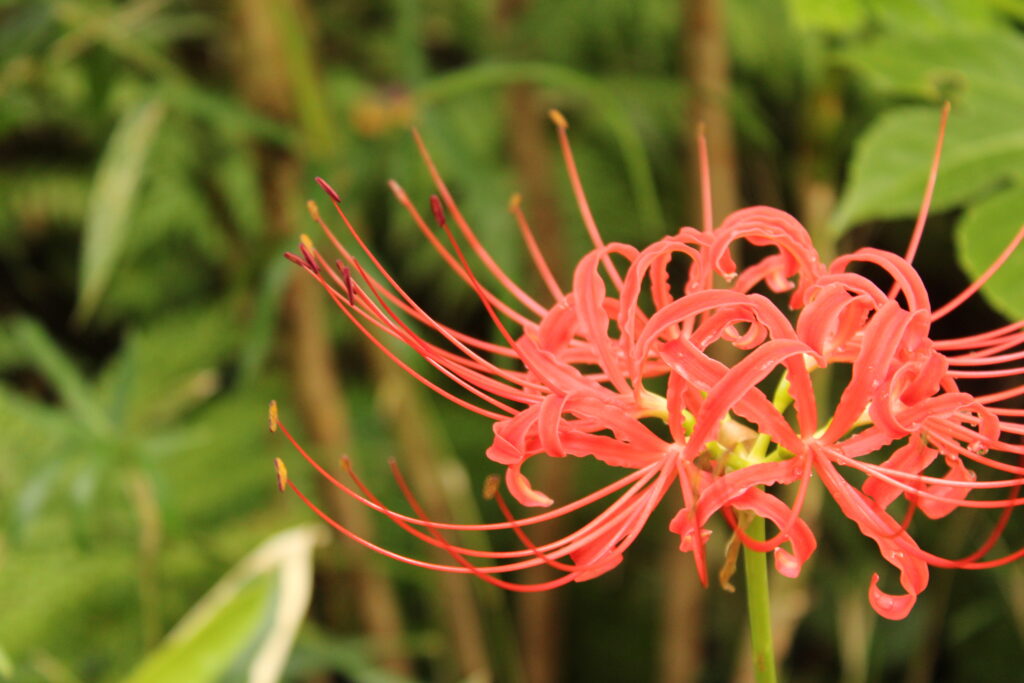
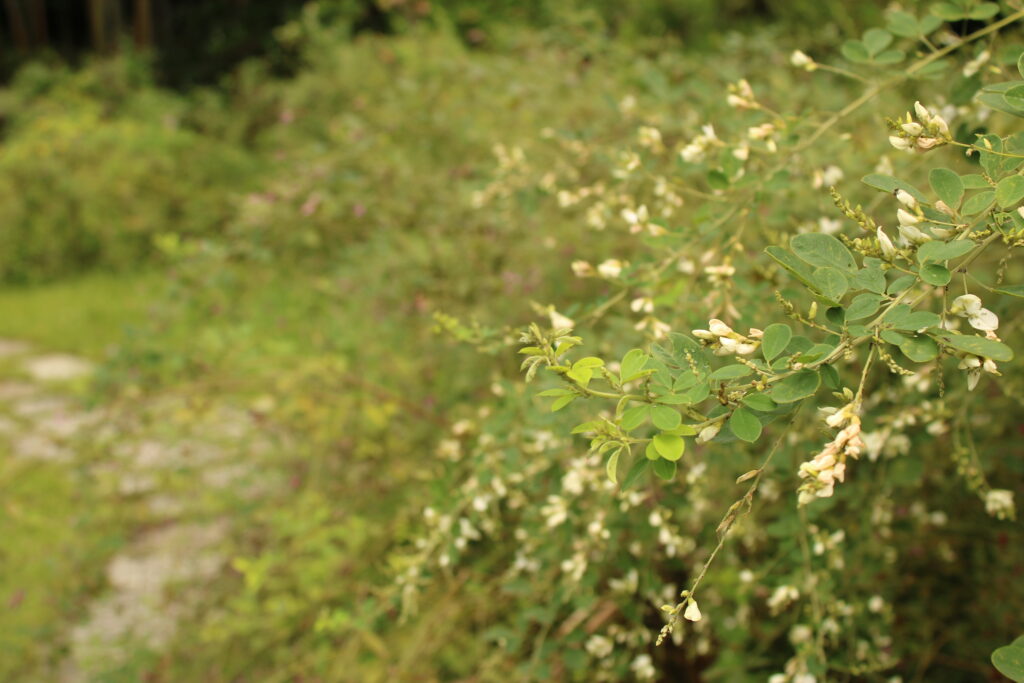
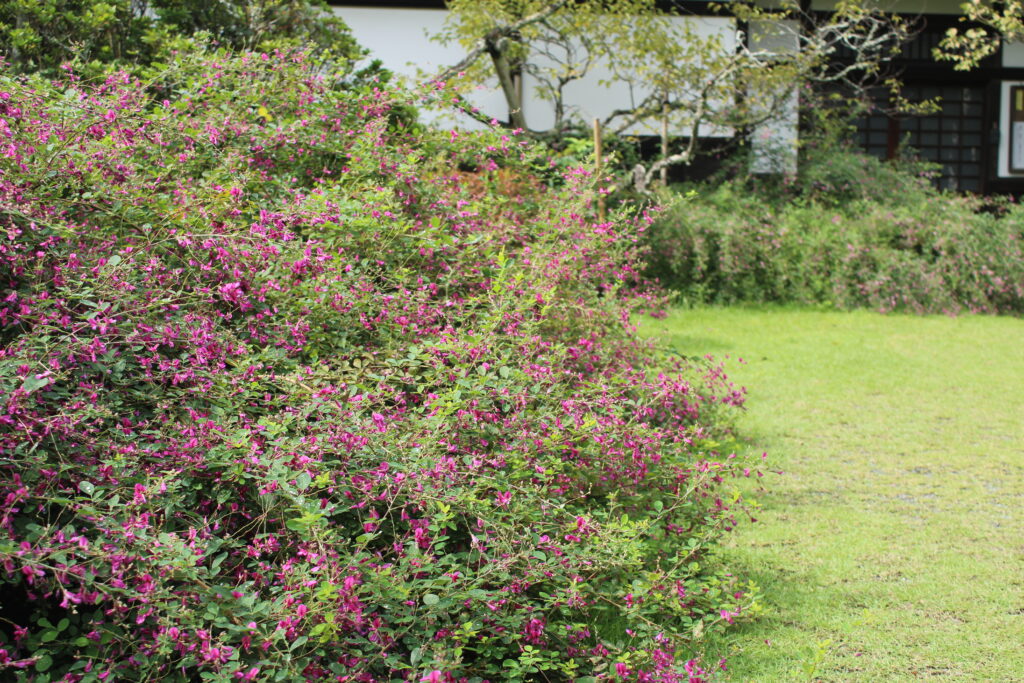

Conclusion
What do you think?
Jōkōmyō-ji Temple offers a wonderful opportunity to experience the history and culture of the Kamakura period amidst rich natural surroundings. It’s a mid-sized temple, and a leisurely tour of the grounds takes about 45 minutes.
If you’re feeling energetic, I recommend walking from Kita-Kamakura to Kamakura, visiting Engaku-ji, Kenchō-ji, and Jōkōmyō-ji along the way. It will surely deepen your understanding of Japan’s Kamakura period history and culture!
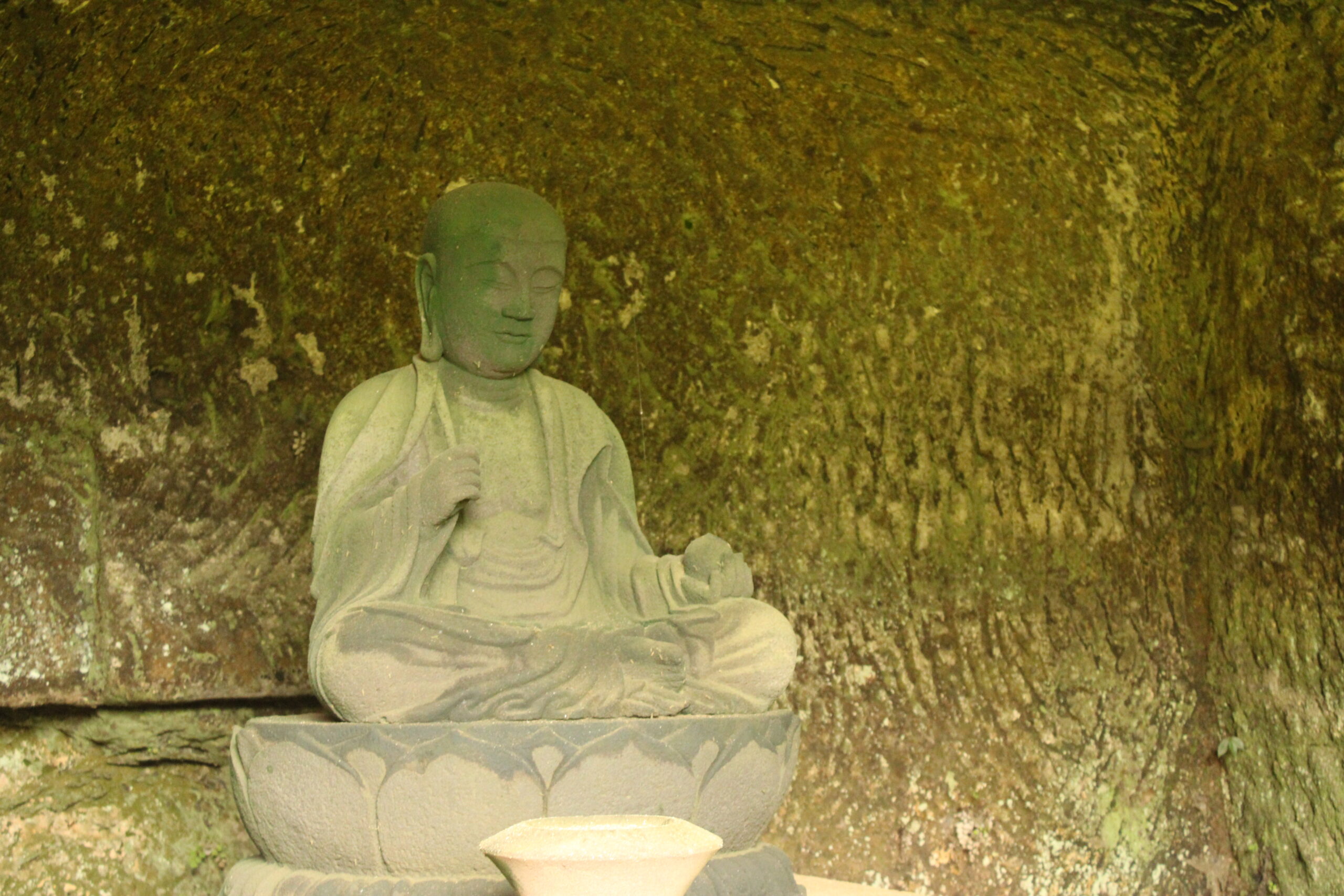


コメント